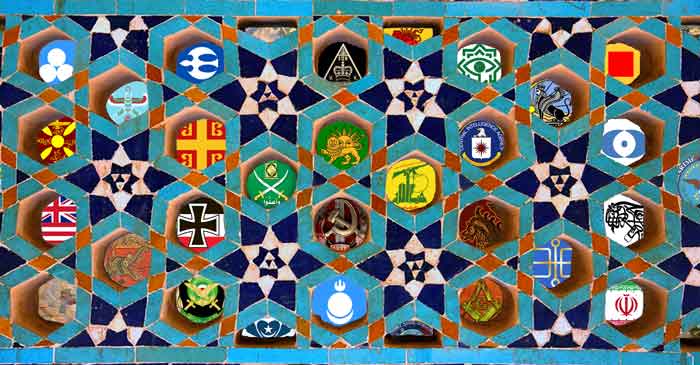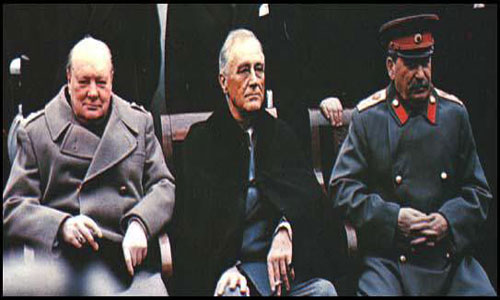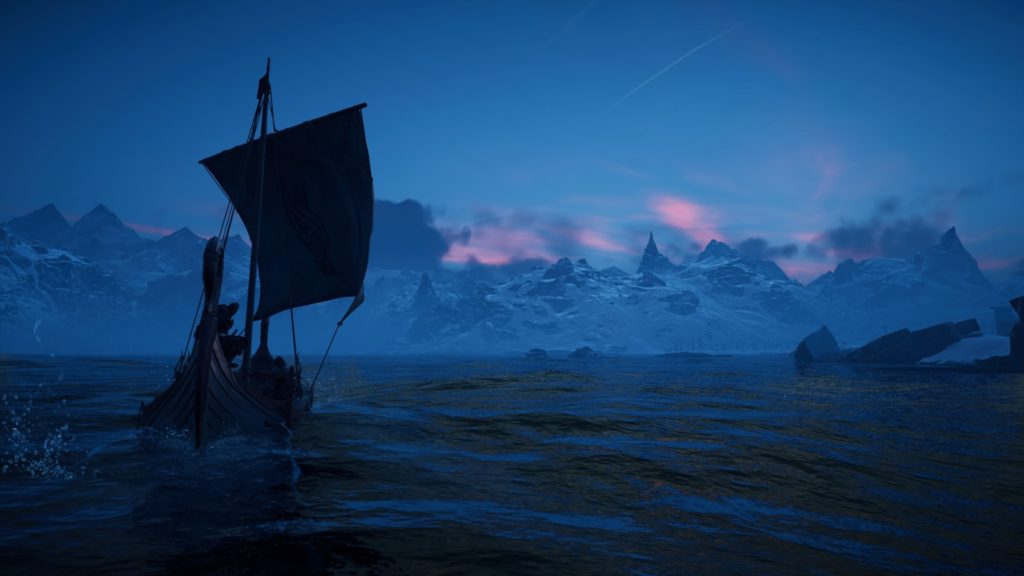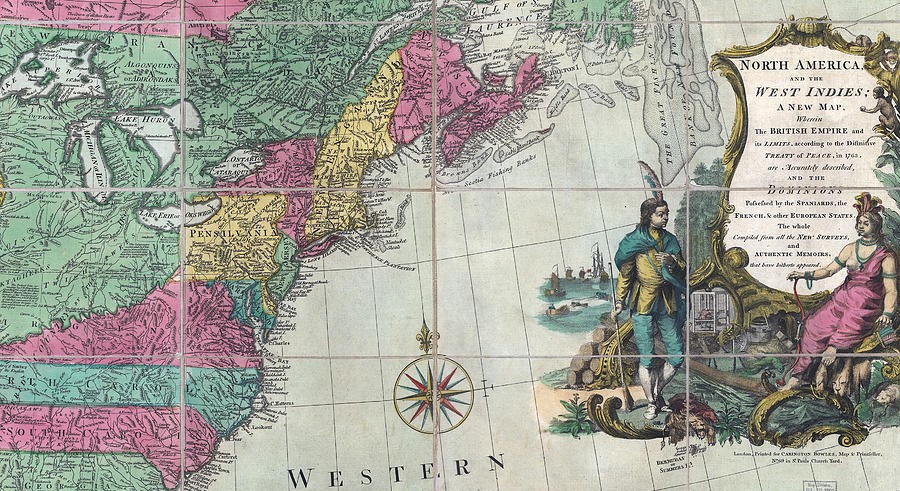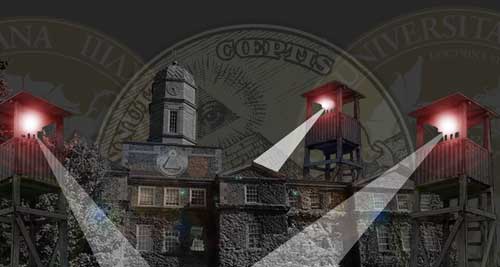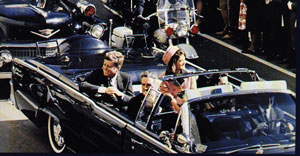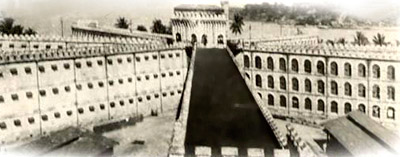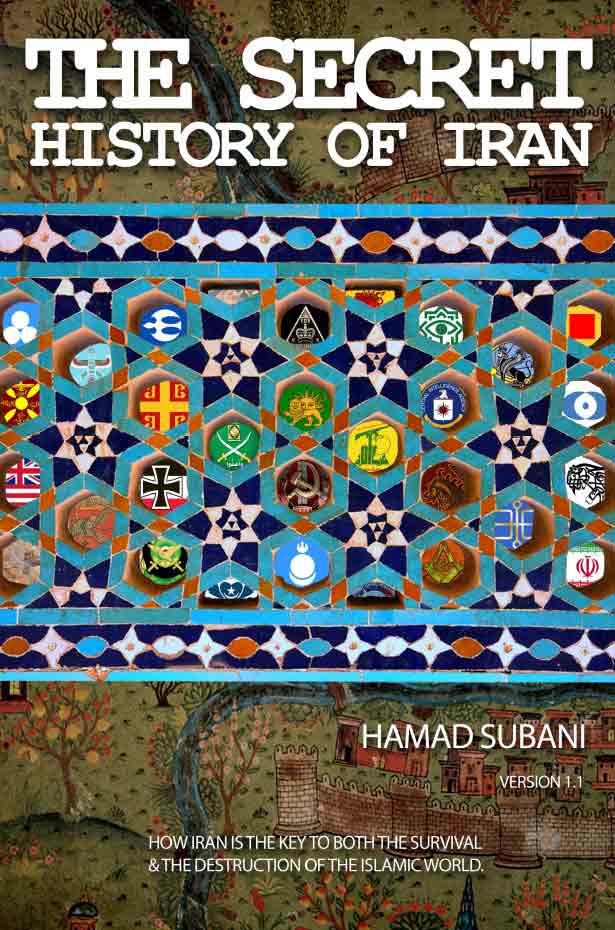What’s in a name; Olmec

Establishment historians want you to believe that the Olmecs were a mysterious civilization, the first native “Meso-American” civilization that arose out of what is present-day Mexico. They will give you all sorts of imaginative theories on the origin of their name. A more obvious truth is that Olmec is just a corruption of Al-Mack/Al-Makh, translated from Hebrew as the Macks. As you can see, the Macks are still a powerful crypto-Phoenician bloodline.
The Olmecs were noted for carving huge heads of their elites, which once peppered the Mexican countryside. Some of them were as high as 10 feet. However, upon European “discovery” of the New World, most of these heads were secretly buried deep underground, which obviously required huge expenditure and effort. Why would later “Europeans” try to hide these heads?
The answer is obvious when you look at the Olmec heads, such as the one on the right.

What is that on top of it? That is nothing but a Roman helmet. Romans? In my Mesoamerica? The timeline matches. The Olmecs existed from 1200 BC to 400 BC, and the Roman-Phoenicians were at the height of their power in the same period. It is believed that the Romans used a volcanic lake in Italy to test advanced ships that were used in their colonization of the of the New World. These ships were called Nemi ships, and two of them were recovered. They had huge anchors consisting of iron and lead, and complete plumbing systems to supply fresh water. To quote,
Although the purpose of the ships is speculated upon, the larger ship was an elaborate floating palace, which contained quantities of marble, mosaic floors, heating and plumbing, and amenities such as baths. Both ships featured technology thought to have been developed historically later.
Piston pumps supplied the two ships with hot and cold running water via lead pipes. The hot water supplied baths while the cold operated fountains and supplied drinking water. This plumbing technology was later lost and only re-discovered in the Middle Ages. Modern experimental archaeology has demonstrated that the Nemi ships could also have had central heating systems of hypocaust type. Each ship contained a rotating platform. One was mounted on caged bronze balls and is the earliest example of the thrust ball bearing previously believed to have been first envisioned by Leonardo da Vinci but only developed much later.

We are told that the two recovered prototypes were “accidentally” destroyed by American artillery in World War II. However, parts of the original prototypes later resurfaced in New York. To quote,
In September 2017 a panel made of inlaid marble and mosaic then in the collection of a private owner in New York City was rediscovered by the antiquities restorer and author Dario del Bufalo. Subsequently, the New York County District Attorney’s Office seized the artefact, which was confirmed to have come from the Nemi Museum, and to have once decorated the floor of Caligula’s ship.
It is obvious that the Phoenicians are trying to hide all evidence of their pre-Columbian colonization of the Americas. However, we do see a subtle reference to Nemi ships in an 1871 work of science fiction, Twenty Thousand Leagues Under the Seas. The mysterious commander of the submarine, who does not follow the rules of the “civilized world” calls himself Captain Nemo.
We have already touched upon Phoenician (and later, Roman-Phoenician) colonization of the New World here and here, and how they built civilizations in South America, based on Canaanite religions. It was only the Arab-Muslim invasion of Spain that gave the New World some degree of respite, and briefly paused the colonization (which would recontinue later, but this time under the banner of Christianity).
There are numerous evidences of not just earlier Phoenician, but particularly Roman activity in the New World.



There are also numerous cases of Roman coins being discovered in the New World. Interestingly, one of the biggest critics of the theory that these coins are evidence of Pre-Columbian European contact with the New World is an Epstein.
Going back to the Olmec heads, it is obvious that the Romans in the New World had to wear helmets, almost at all time. Because if you are going around invading, murdering, enslaving, stealing, raping and oppressing, you’d better watch out for projectiles thrown at you.








